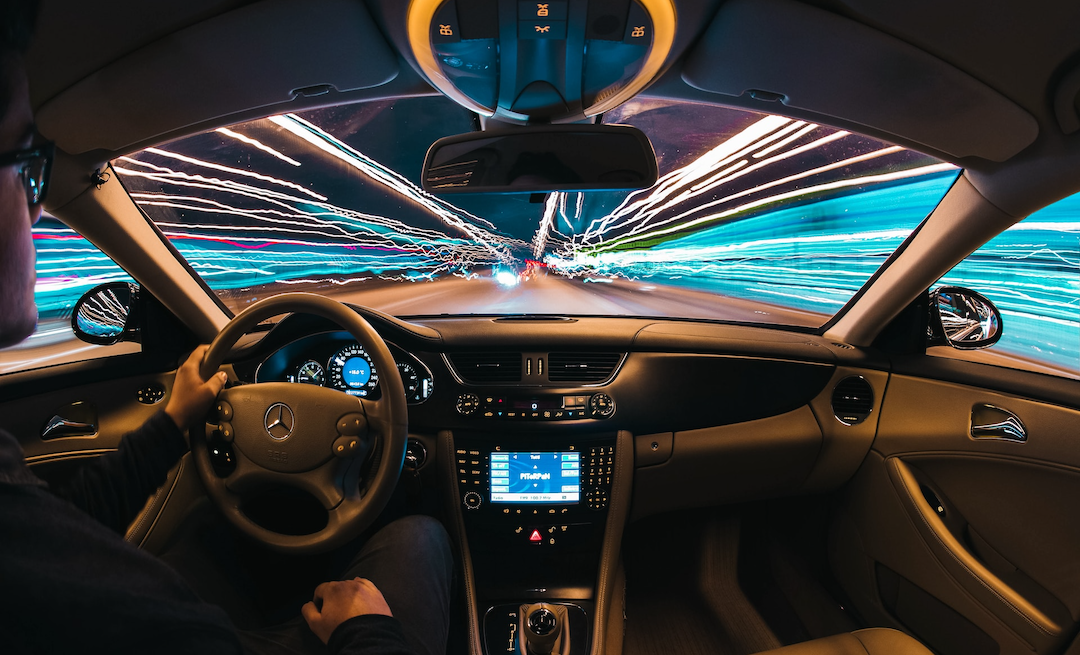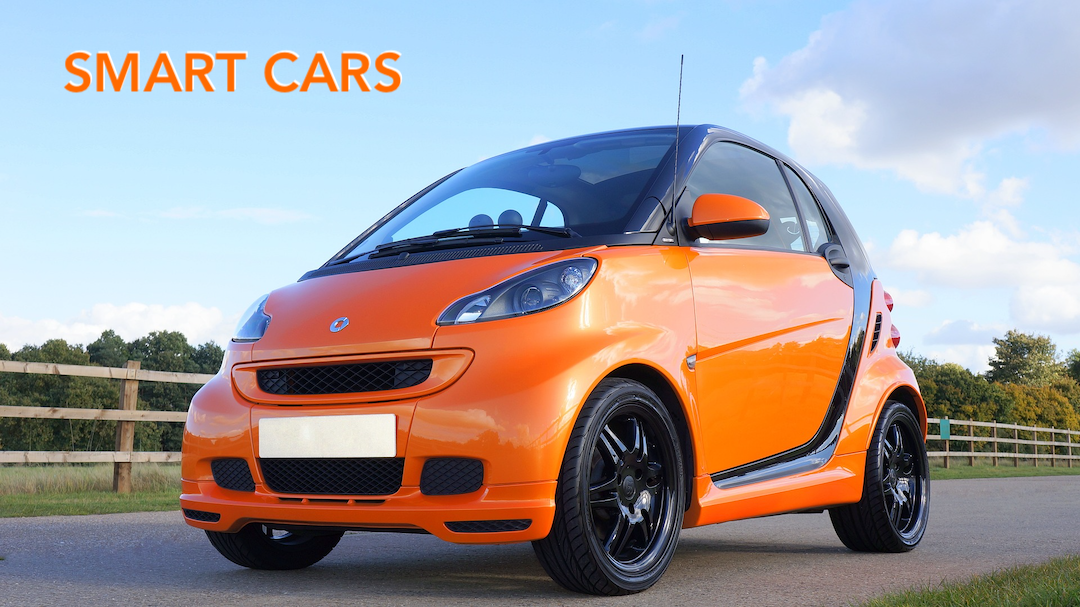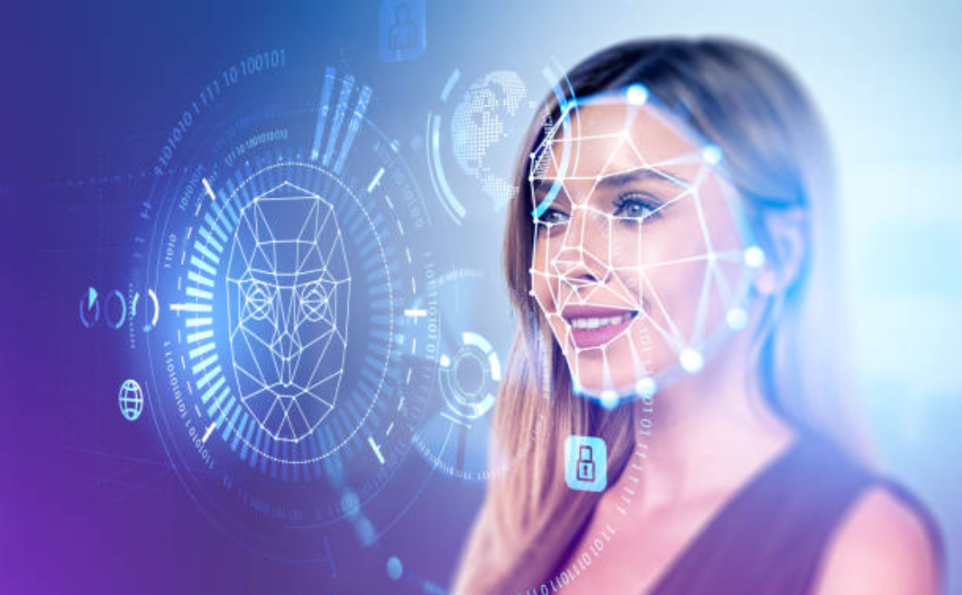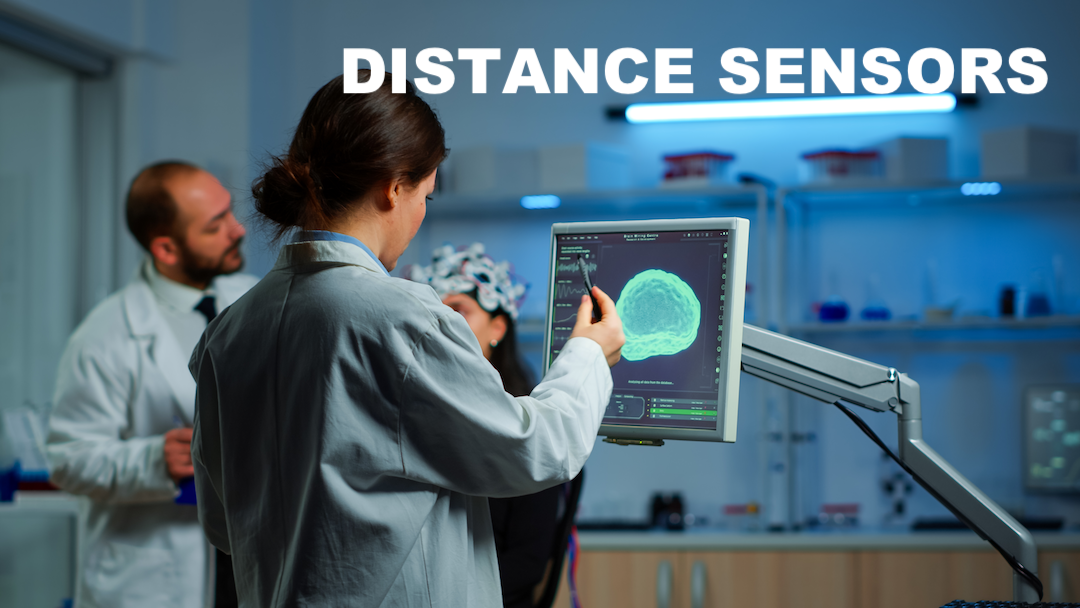
The landscape of accounting is undergoing a seismic shift, thanks in large part to the relentless march of technology. As a CPA, you're no longer confined to ledgers and tax forms. Your profession is morphing into one characterized by cutting-edge tools and strategic importance.





